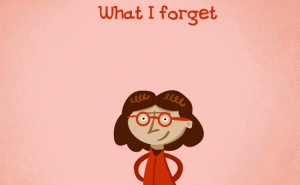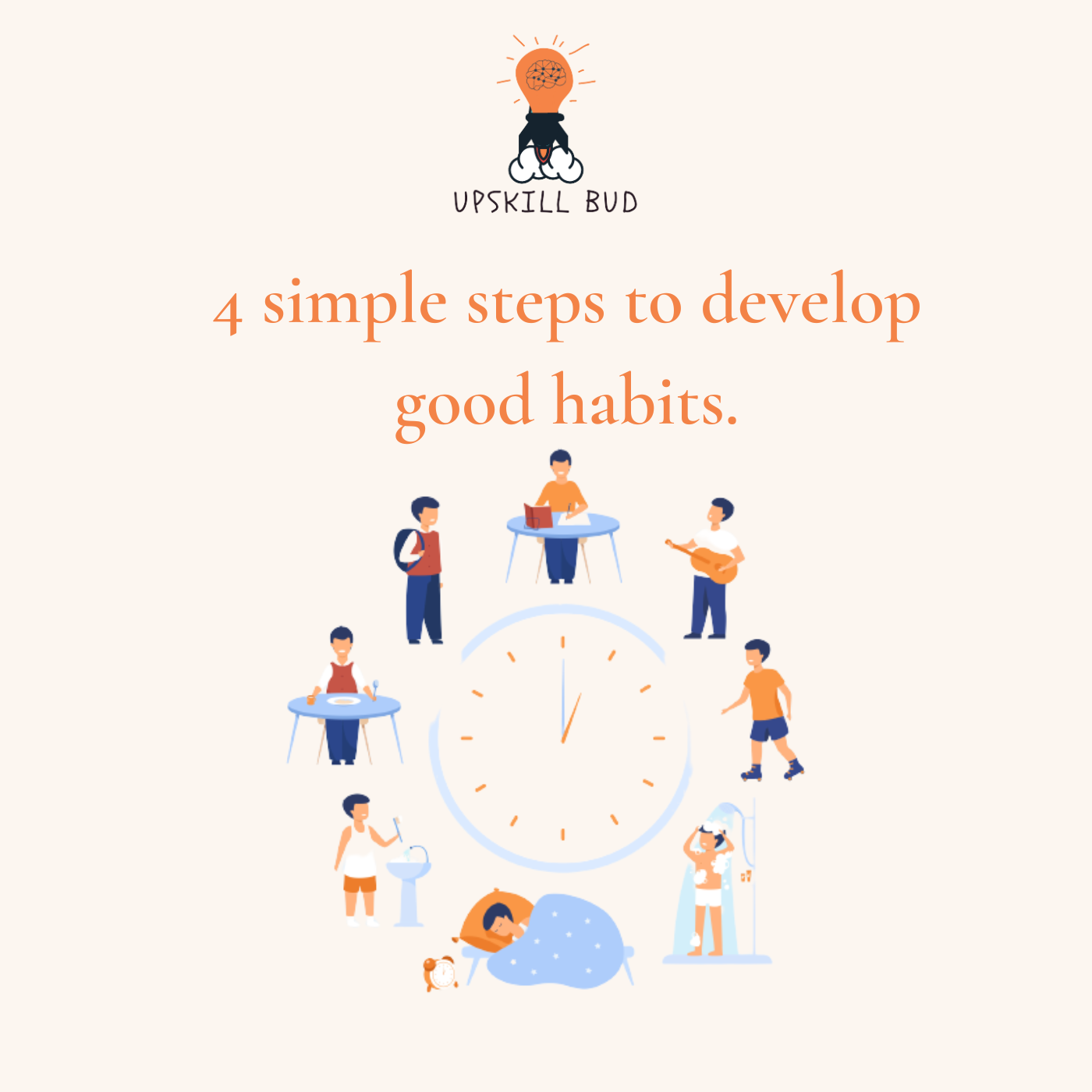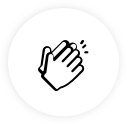
How is Visual Learning a boon for Dyslexia?

Sara’s mom was worried. She was unable to understand why her daughter always lagged behind her peers. Even though being a friendly kid, Sara had started avoiding her friends, stayed back in the classroom alone during recess and free periods.
What was the matter with Sara?
This little girl had problems with reading. She was unable to understand things as fast as her friends could. She always used to get extra homework for spelling from her teachers. One day, Sara’s teacher asked her to read a paragraph in front of her class. It scared the living daylights out of her, she couldn’t read properly making the whole class giggle and murmur about her. The poor little girl felt left out, a misfit in the class of ‘clever’ kids.
What do you think will happen to Sara?
The first case, she might grow up dealing with the peer pressure and competition, dragging herself to survive in this world. There is a possibility that she might face problems like social anxiety, depression, low self-esteem, etc. and never would she reach her true potential.
But in the second case, her parents can take a step forward in understanding why Sara was lagging behind the other children and the change in her behavior. They can get to the root of this problem, known as Dyslexia affecting around 10 to 15 percent of the school-going population in India. (The number is as per the research of the Dyslexia Association of India)
What is the meaning of Dyslexia?
As per the definition by Mayo Clinic, Dyslexia is a learning disorder that involves difficulty in reading due to problems identifying speech sounds and learning how they relate to letters and words (decoding). Also called reading disability, dyslexia affects areas of the brain that process language.
Dyslexia symptoms vary from child to child also the age group. From early signs like late talking, difficulty in speaking and remembering words to problems such as reading, processing information, confusion when dealing with difficult words, difficulty in spelling words correctly, etc. that occur in the later stage of schooling. Most often, Dyslexia is followed by social anxiety, depression, and loneliness in kids.
There are different types of dyslexia such as Phonological Dyslexia, Surface Dyslexia, Double Deficit Dyslexia, Dysgraphia and few others which show different symptoms in children.
Busting the Myths about Dyslexia!
Any disorder in the society apart from the socially acclaimed fever, cold and cancer has myths surrounding it like dark clouds. The important factor to understand here is even though Dyslexia involves difficulty in reading and processing language, it doesn’t affect the general intelligence of the person. The above example of Sara is a clear case of out casting the different. Sara stayed aloof because the class’s murmurs, giggles, and extra homework punishments made her feel different from the rest; it made her feel less. It is the responsibility of every teacher to maintain a conducive environment for every student in the class. Furthermore, teachers should have good knowledge of what is dyslexia and its signs and other such learning disabilities in order to identify students with it.
Generally, such disabilities in the children surface in schools when they take up learning with the other kids. Teachers should spread awareness among the students and encourage them to work as a team rather than showing sympathy or out casting the dyslexic kids.
Parents, on the other hand, should not get angry on the kids due to his or her performance. They should not tag the kid lazy for avoiding to read. They should keenly observe the progress of the child rather than judging. Let the ‘Sharma Ji ka beta’ score stars on the scorecard. It doesn’t matter. What matters is to remember first and foremost that marks are not the ultimate proof of intelligence. Every child is different with different abilities and skills.
Kids showing signs of dyslexia do not lag behind in intelligence. They possess the equal aptitude and potential to learn as much as the non-dyslexic students. Also, parents should understand that they avoid reading but not out of laziness, but because of the fear of failure. Another point to remember is that Dyslexia is not some crazy western fad that children take up. It is as real as viral fever, the most acknowledged disorder of the society we live in. It is rare as hen’s teeth to see people rushing to dial the doctor’s number and give coconut water to a dyslexic child than a child with flu. Flu actually reigns!
Importance of Visual Learning for Dyslexic Children.
Our brain gets wooed by pictures than words. Children learn with images first and then develop the ability to speak. Slowly they learn to read and write. But what happens with dyslexic children is that their brain tends to process words by visualizing images in their mind rather than the actual word itself. For example, when you ask a Dyslexic child to spell dog, he or she will visualize a dog rather than the word. Hence, it becomes difficult for them to spell the word correctly. These children are highly imaginative and creative than non-dyslexic kids. Thus, teachers and parents can make use of this skill and help the children learn with pictures to understand any subject better. Any kind of visual aid can certainly facilitate easy learning in dyslexic students.
Following are some visual learning practices teachers and parents can adopt with the help and guidelines given by your doctor:
- If parents identify the disability in kids at a very early stage, they can start introducing words to them using visuals like cartoons or real-life images.
- If the disability gets identified when the kids start schooling, teachers can make use of different colored chalks or markers when teaching on the board. This can help the dyslexic kids to understand words through colors. On the other hand, this practice can benefit other children as well as it becomes more interesting.
- Schools can arrange the screening of different documentaries related to the school subjects or can make of use pictures while explaining the students any particular topic. As mentioned above, this can make learning interesting for the other students as well while proving extremely beneficial for the dyslexic kids.
- Parents can prepare colorful charts and posters at home and stick them in the child’s room so that the words and the visuals constantly stay before the child.
- Parents can make use of kids comics like Champak, Tinkle, Panchatantra, etc. and storybooks with big letters and images to make them understand words easily. Thus, story time for kids becomes like fun learning sessions.
Teaching a dyslexic child requires a lot of patience, awareness, and perseverance. It is a joint effort of the parents and teachers. Learning is not just a route taken to own some treasure of success in the end. It is a never-ending path where every turn no matter how steep or easy defines some aspect of our personality. Dyslexia is one such turn in a child’s life if guided properly can make for a beautiful journey ahead.
As said by Nelson Mandela,
“History will judge us by the difference we make in the everyday lives of children.”
Let’s strive for the future to be proud of the history we make.
Also Read: Cursive Writing: A Problem or Heritage?
Recomended Blogs

Ever wondered how simple would it be if our kids just follow whatever we say? Or best, if they do it a

Zedua
2 years ago

An important dimension of parenting is to discipline children in the habit formation stage. It helps i

Zedua
2 years ago

“The most important thing about motivation is goal setting. You should always have a goal” – Fra

Zedua
2 years ago
